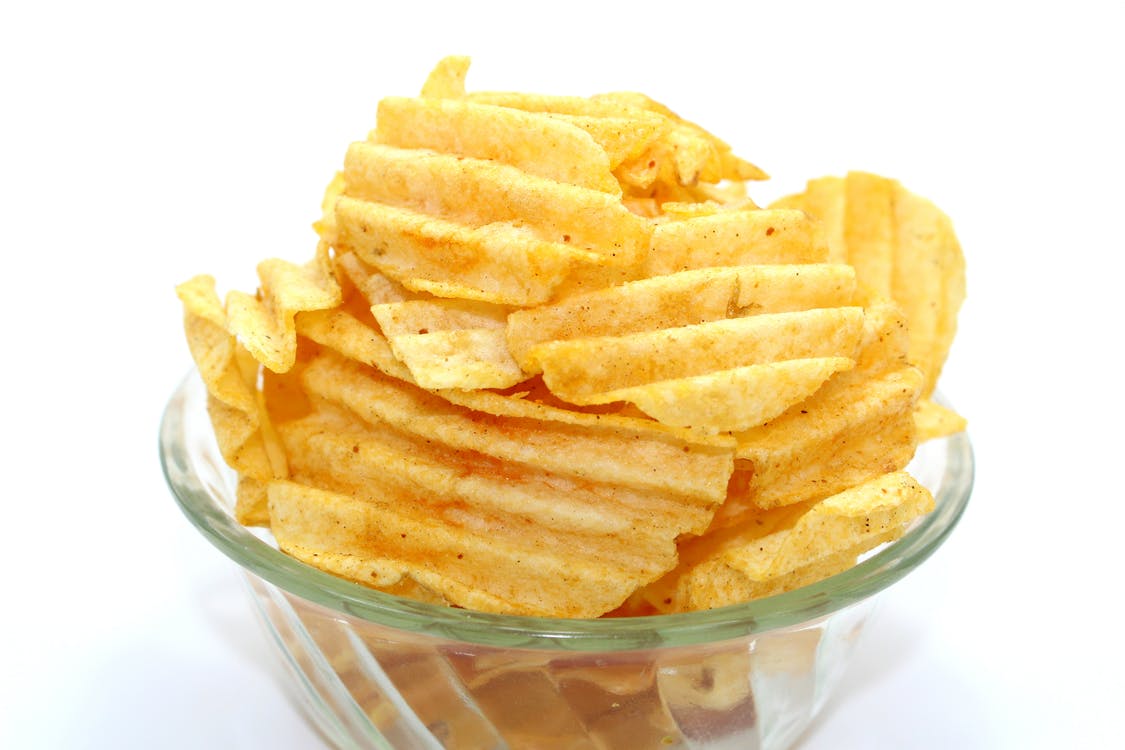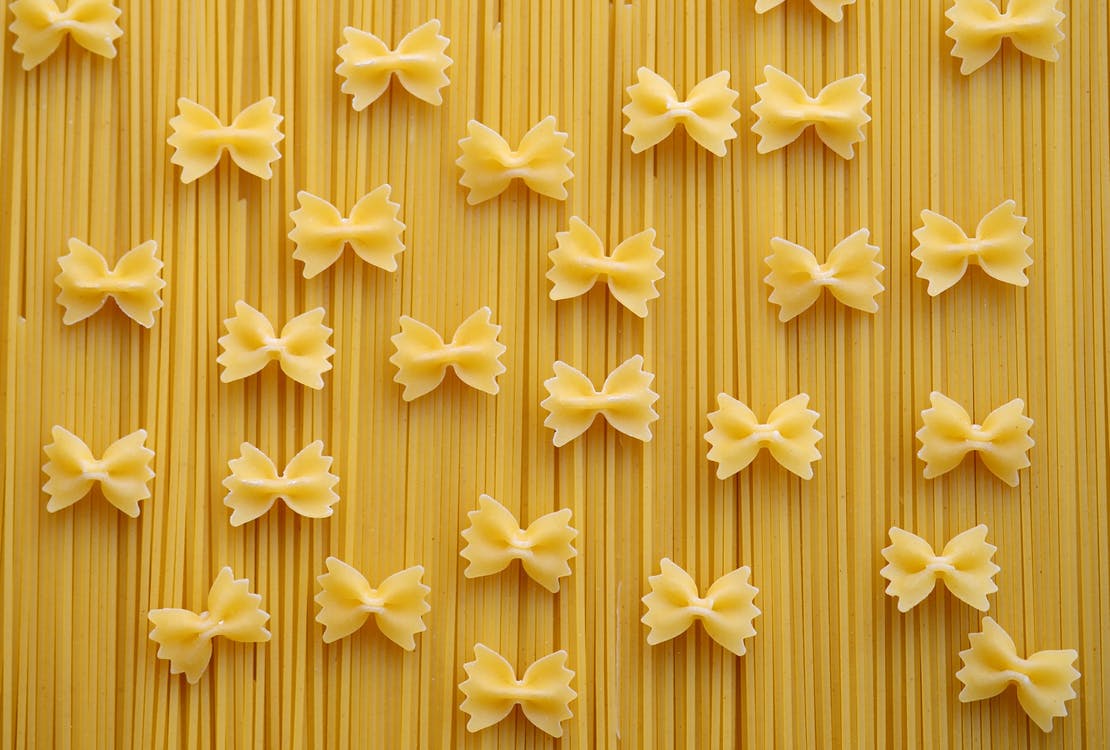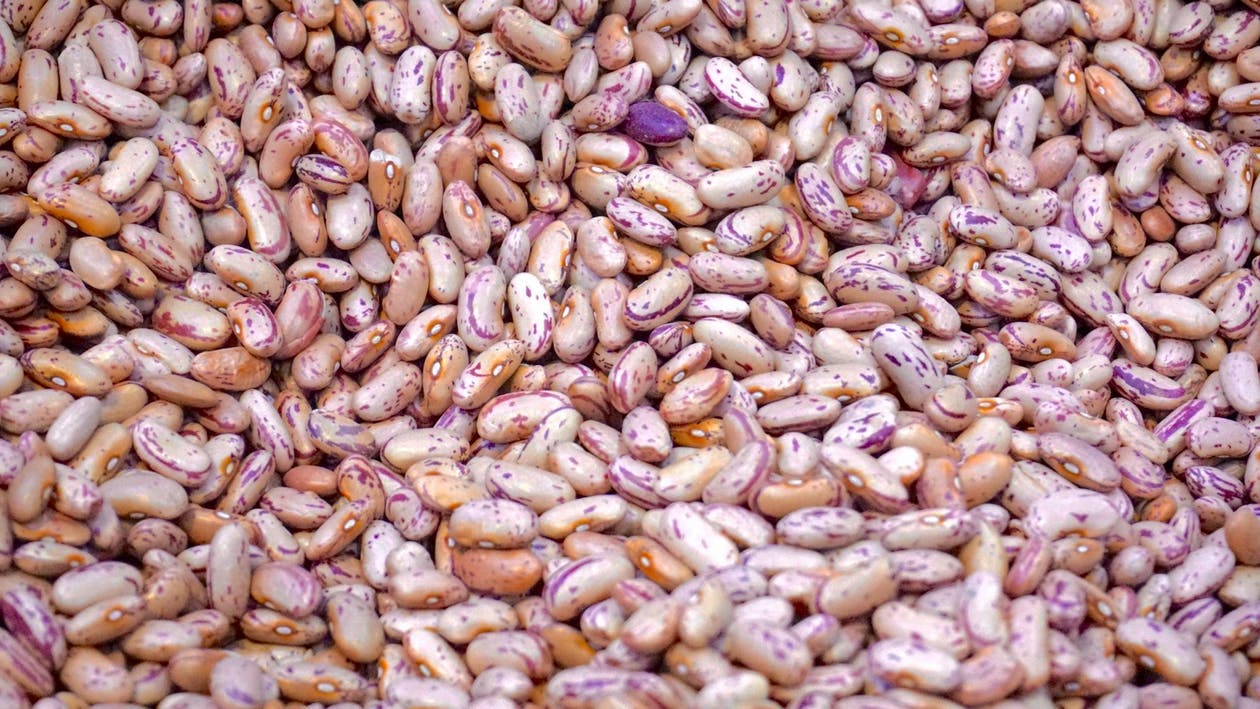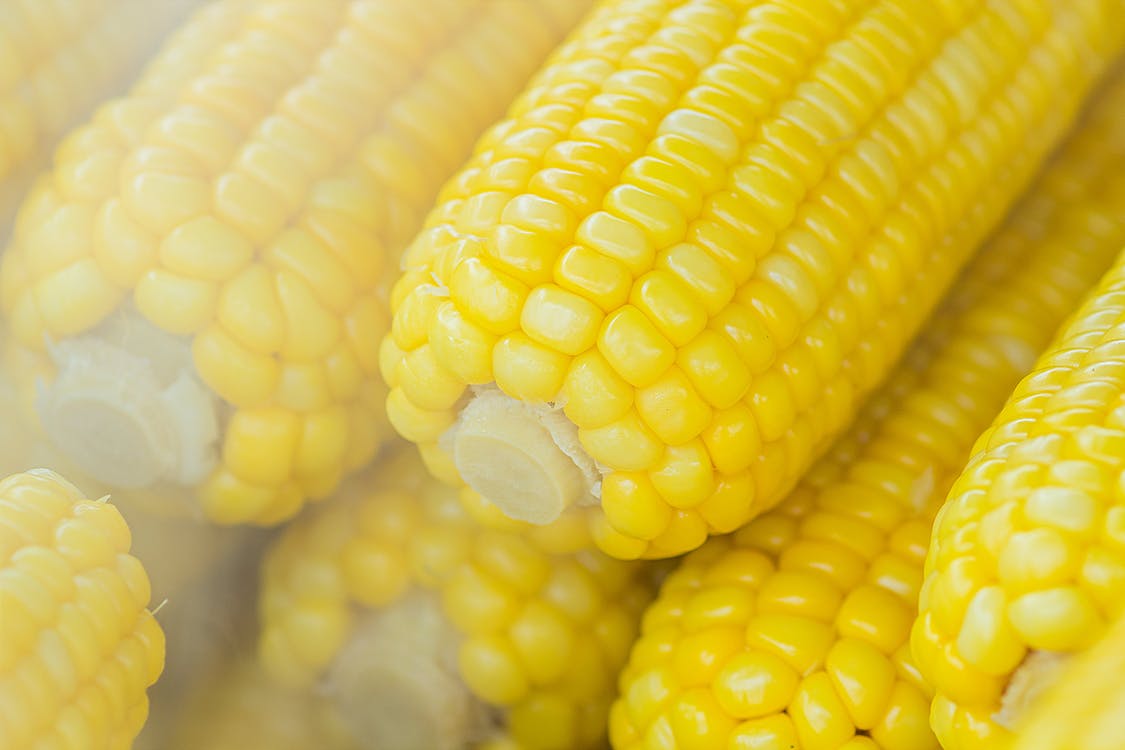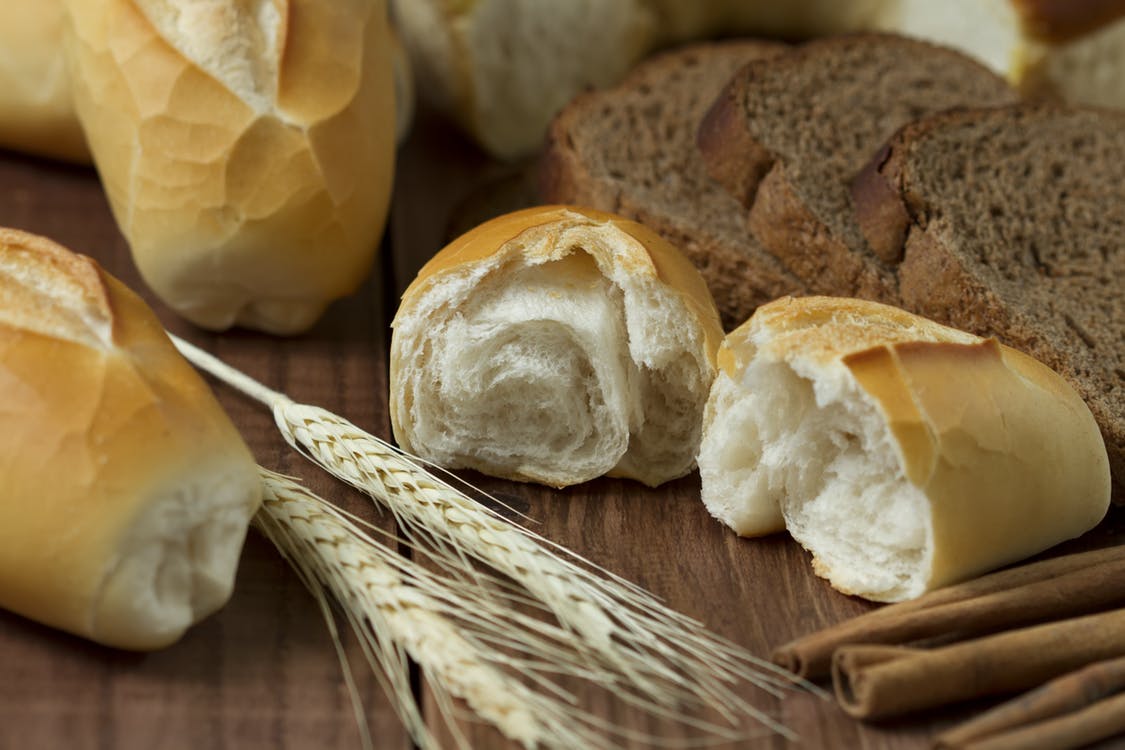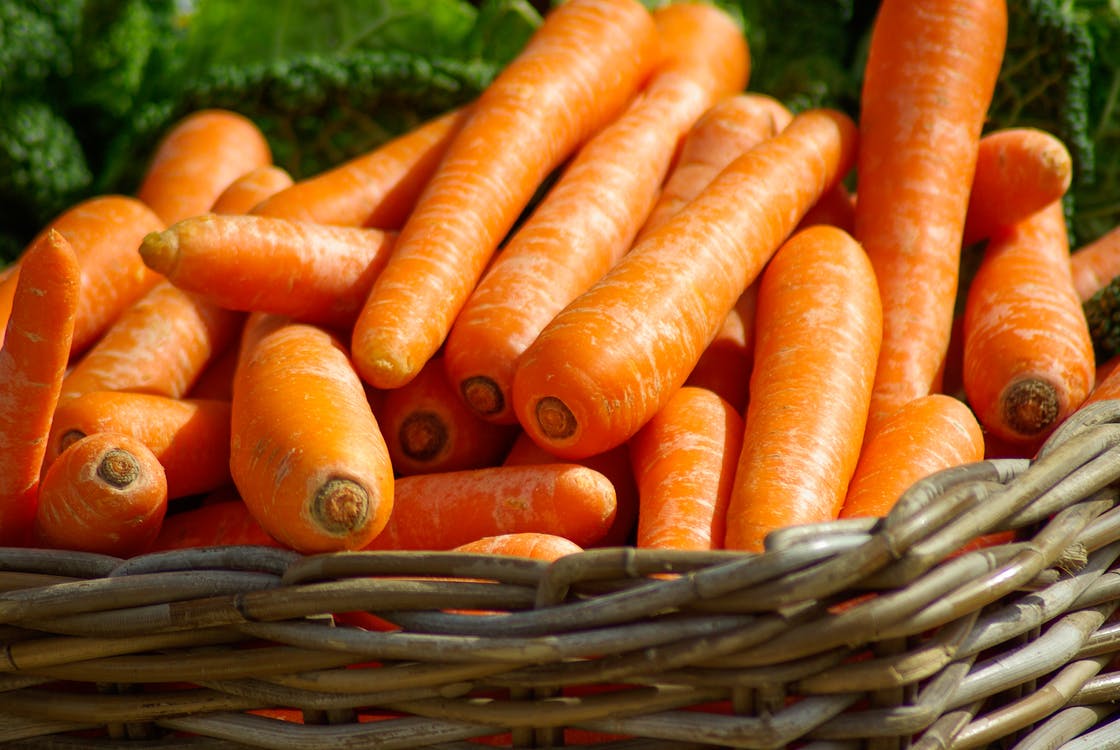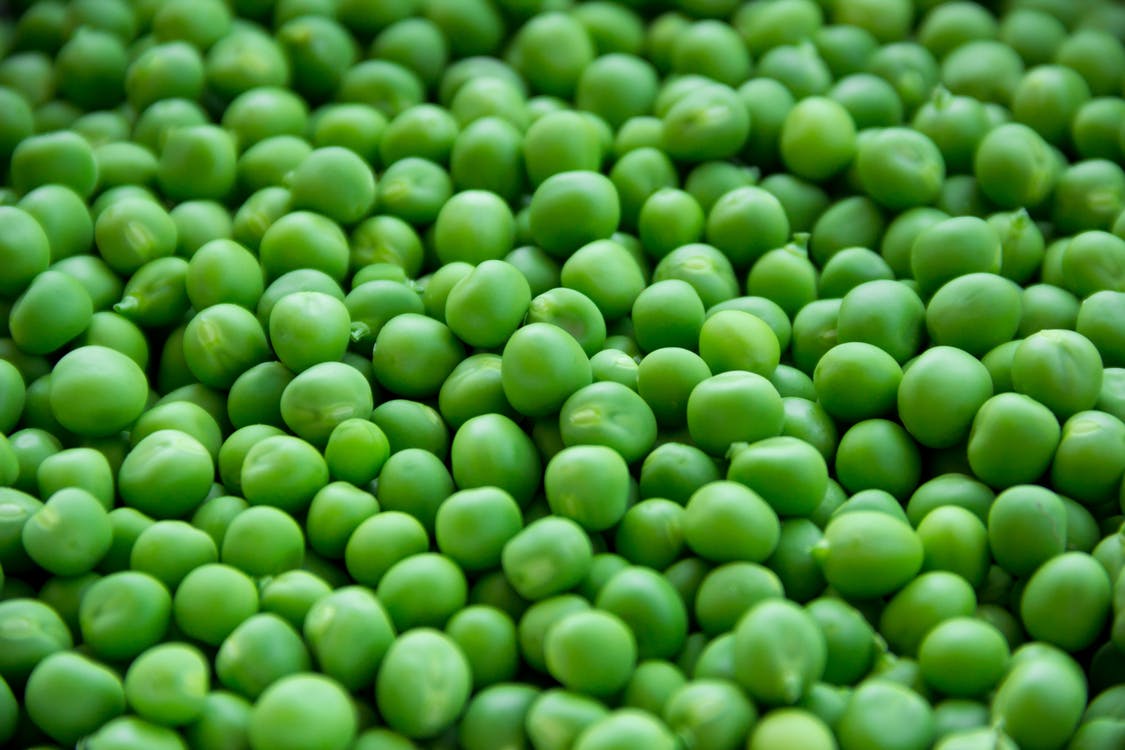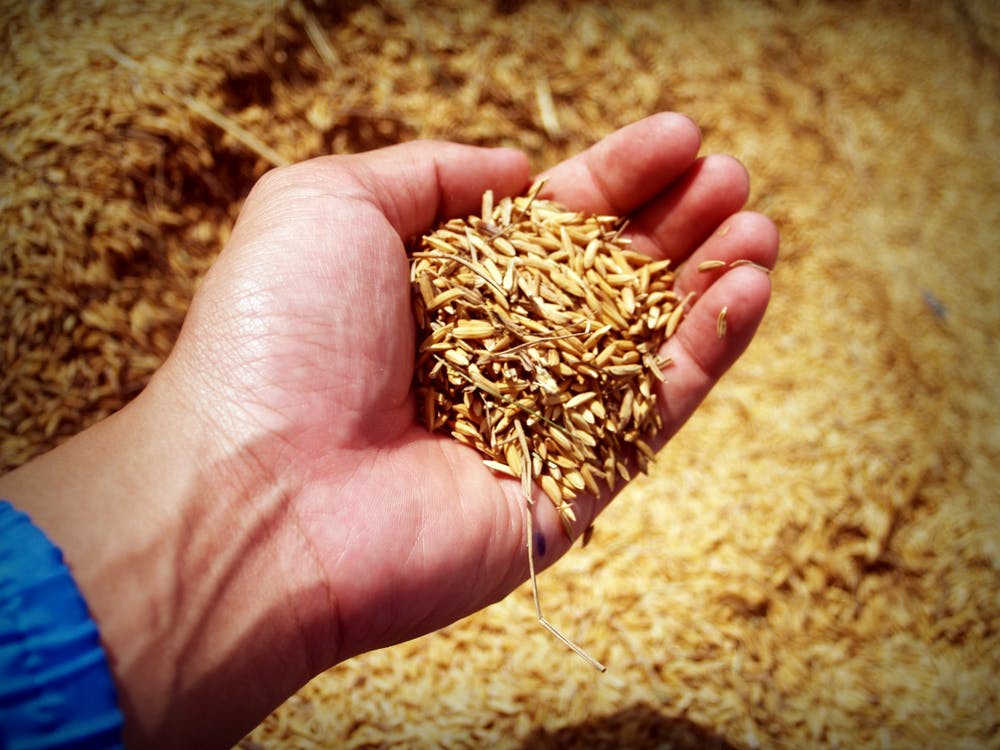startch
THE DO'S AND DONT'S WITH STARCHY FOODS
Let's be real we've all tried those YoYo diets. Some worked, short term, and well others we know were just a fad and more about the money. There is not a one size fits all plan! There is no magic pill to get you to your goal and keep you there indefinitely. Food is science, from the ground to the table, to digestion, it all happens with science! So lets talk science for a second...all food breaks down into glucose (sugar). Yes even protein breaks down into small amounts of glucose. Our body uses that glucose as energy. However, not all foods are created equal. For example, a pear will break down very differently than a Snickers candy bar. This is where making informed decisions will make or break your nutrition goals.
In this blog I have separated food items in "do's" and "don'ts." Before we get into that, lets briefly talk about whole foods. The term "whole food" means that it doesn't come from a fast food restaurant, box, or a can. Even if it's a grilled chicken sandwich from Chic Fil A. Whole food means not processed. It's not packaged or frozen using preservatives, and goes bad fairly fast. Most whole foods are okay in moderation, but if you are looking to lose weight, control your diabetes, lower your triglycerides or just be a better overall athlete, consider using these tips and apply them to your daily routine.
breads & grains
DON'T
Pasta
Breads
Popcorn
Crackers
Tortillas
Cereals
Rice
Chips
DO
Couscous, quinoa, spaghetti squash, pasta zero noodles
Ezekiel bread, some gluten free breads, romaine lettuce leaves, cauliflower
Other snack items: nuts, fruit, protein bars, jerky, carrots, celery
Cassava and Chia grain free tortilla
Oatmeal, steel cut oats, fruit
Brown rice, quinoa, cauliflower rice, broccoli rice, couscous or Freekeh
vegetableS
DON'T
Corn
Carrots
Potatoes
Plantains
Water Chestnuts
Green bananas
Lima beans
Peas
DO
Black Beans (in moderation), Green Beans
Celery
Sweet Potato or Yam
Pears
Zucchini
Pear, Apple, Grapefruit
Cucumbers, Zucchini
Green beans, Broccoli
BEANS & LEGUMES
Instead of a list of what to eat vs not, I've listed a handful of legumes by glycemic number. Why list it by glycemic index? Legumes are a great source of protein and energy, but best eaten in moderation. Think of it this way, an item of food is given a value, based on how it digests and breaks down into sugar. The higher the number, the quicker it's digested and pumped into the blood stream. The lower the number, the slower the food is digested and released for energy. Keep in mind, any glucose not used, the body stores away. Those that are diabetic or looking for weight loss should stick to a lower glycemic diet. Whereas high impact athletes who regularly endure long intense workouts should choose a handful of the higher glycemic numbered food items.
All foods have a glycemic number and you should check to see where it falls on the glycemic index to better equip yourself for a more impactful nutrition plan. Here's a great link with 100 common foods and their glycemic values.
Black eyed peas 50
Chick peas, canned 42
Baked beans 40
Navy beans 39
Kidney beans 34
Lentils 28
Cashews 22
Soy beans 15
Peanuts 13
Chickpeas 10
*DISCLAIMER: Encore Fitness professionals are not registered dietitians, you should consult your doctor before any nutritional changes are made.

